Industry news
Algal Bloom Monitoring with Water Quality Sensors
Writer: admin Time:2024-06-28 11:05:51 Browse:1497℃
Monitoring algae levels in drinking water sources, such as reservoirs, is essential for ensuring proper treatment and maintaining drinking water quality, as well as preserving ecosystem health. Excessive growth of algae and cyanobacteria can lead to various environmental and public health concerns. Therefore, monitoring these characteristics can aid in early detection and effective mitigation.
To be effective, algal blooms monitoring in source waters must use real-time data, detect various algae species, and distinguish between safe and hazardous algae. Traditional monitoring approaches frequently require labor-intensive sampling and laboratory analysis, which may not provide timely information for proactive management.

What Are Algal Blooms?
Algal blooms are dense layers of microscopic green plants that form on the surface of lakes and other bodies of water when there is an excess of nutrients (mainly phosphorus), on which algae rely. This effect is known as eutrophication. Human contamination, such as wastewater, sewage, manure, and fertilizer runoff from farmland, is frequently responsible for these elevated nutrient levels. However, lake eutrophication can be a natural process caused by the progressive accumulation of nutrients, sediments, silt, and organic waste from the surrounding watershed.
Dangers of Algal Blooms
The green scum produced by thick algal blooms is ugly, smells awful, and can make water hazardous to humans and fish, resulting in disease and, in rare cases, death. When algae die, bacteria breakdown them, which can reduce oxygen levels in the water and occasionally kill fish.
Algal blooms can render water unsafe for even recreational use. These microscopic organisms can thus have a significant impact on health, biodiversity, and economies based on fishing and tourism.
How to Monitor Algal Blooms?
1. In-Situ Monitoring:
Sensors and Instruments: Deploy in-situ sensors to measure chlorophyll-a, phycocyanin, and other algal pigments. These sensors can provide real-time data on algal concentrations.
Sampling: Regularly collect water samples for laboratory analysis to identify algal species and measure toxin levels.
2. Remote Sensing:
Satellite Imagery: Use satellites equipped with multispectral sensors to detect large-scale algal blooms in water bodies. This method is useful for monitoring remote or large areas.
Aerial Drones: Employ drones with high-resolution cameras and sensors to capture detailed images and data over smaller, targeted areas.
3. Water Quality Monitoring:
Physical Parameters: Measure temperature, light penetration, and turbidity, as these factors influence algal growth.
Chemical Parameters: Monitor nutrient levels (nitrogen, phosphorus), dissolved oxygen, pH, and other relevant chemical parameters.
4. Biological Monitoring:
Microscopic Analysis: Identify and quantify algal species through microscopic examination of water samples.
Genetic Tools: Use molecular techniques like polymerase chain reaction (PCR) to detect specific harmful algal species and their toxin genes.
Steps for Effective Monitoring
5. Establish Monitoring Sites:
Choose strategic locations within the water body, including points of nutrient inflow, areas prone to blooms, and water intake points for drinking supplies.
6. Regular Monitoring Schedule:
Conduct monitoring at regular intervals, such as weekly or biweekly, to track changes in algal populations and water quality.
7. Real-Time Data Collection:
Utilize automated systems to collect and transmit data in real-time, enabling immediate response to bloom events.
8. Data Integration and Analysis:
Aggregate data from various sources (in-situ sensors, remote sensing, laboratory analysis) into a central database.
Use software tools for data visualization, trend analysis, and predictive modeling to forecast bloom occurrences.
9. Early Warning Systems:
Develop and implement thresholds for algal concentrations and toxin levels that trigger alerts to water managers and stakeholders.
Conclusion
Monitoring algal blooms effectively requires a combination of in-situ methods, remote sensing, and advanced technologies. Integrating real-time data collection, thorough analysis, and proactive management strategies enables water managers to mitigate the adverse effects of algal blooms and protect water quality and public health.
CATEGORIES
CONTACT US
Yosemitech Technologies Co., Ltd
 +86 19984844080
+86 19984844080
 sales@yosemitech.com
sales@yosemitech.com
 Bldg,25,CECEP Industrial Park, No. 18 Dongchang Rd. Suzhou Industrial Park, Jiangsu Province,China 215126, China
Bldg,25,CECEP Industrial Park, No. 18 Dongchang Rd. Suzhou Industrial Park, Jiangsu Province,China 215126, China







